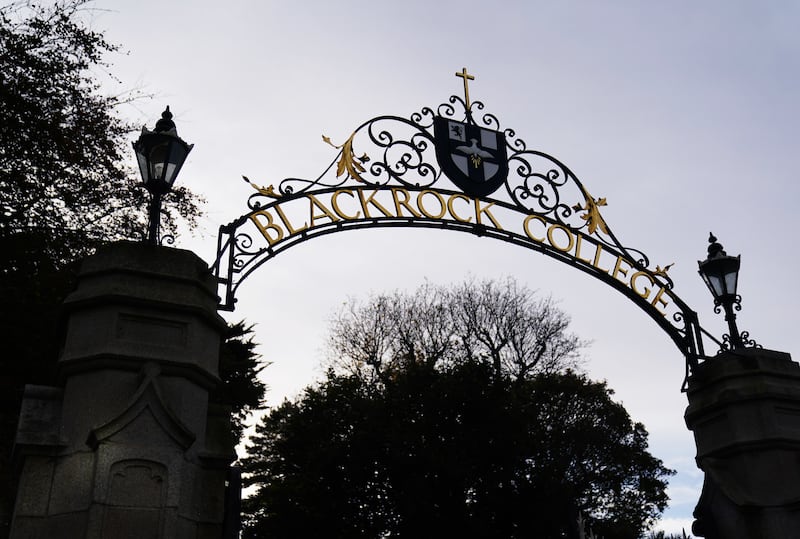The number of students attending fee-charging secondary schools in Ireland has reached its highest level on record, according to new enrolment figures.
Department of Education data shows a total of almost 27,200 students were enrolled in private post-primary schools in the 2022-2023 school year, an increase of more than 1,500 or 6 per cent over the past five years.
Student numbers in fee-charging schools have now exceeded the last peak, which was reached during the end of the economic boom years in 2008 when just under 26,500 students were enrolled.
Student numbers dipped in the following years, as several private schools either closed or joined the free scheme, but numbers have been rising steadily over recent years.
READ MORE
Despite this growth, enrolments in the private sector have not kept pace with a rise in the overall student population at second level where numbers have climbed quickly due to a population bulge.
As a result, the proportion of all second level students attending fee-charging schools has declined slowly from a peak of just under 8 per cent in 2008 to about 6.7 per cent today.
The country’s largest fee-paying schools are based in Dublin and include Blackrock College (1,036 students), followed by St Andrew’s College in Booterstown (1,029), Belvedere College in the north inner city (1,003) and Wesley College in Ballinteer (947).
[ Should the State provide €112 million a year to private schools? ]

St Columba’s in Dublin was the most expensive secondary school for day pupils last year (€9,632), followed by Cistercian College in Roscrea, Co Tipperary (€8,265); Sutton Park, Dublin 13 (€7,995); Alexandra College, Dublin 6 (€7,992); and the King’s Hospital School, Co Dublin (€7,930).
Among boarding schools, St Columba’s was also the most expensive for seven-day boarding (up to €25,904); followed by Clongowes Wood College, Co Kildare (€21,840); Rathdown School, Glenageary (€21,630) and Glenstal Abbey, Co Limerick (€20,475).
The figures come as Opposition parties call for an end to public funding of the fee-charging school sector.
Private schools receive their income from a combination of fees charged for students and grants from the Department of Education to pay for the salaries of teachers, special needs assistants and other grants.
Sinn Féin and Labour have pledged to end State subsidies for the State’s 50 fee-charging schools, which amounted to more than €100 million a year.
Latest data shows that private schools received €112 million in State funding in 2023. The vast bulk of this went on salaries, while about €1 million was in the form of Covid-19 grants to make schools settings safer.
Private schools receive less State funding per student compared with schools in the free sector on the basis that they can also rely on private income, according to the Department of Education.
However, the Joint Managerial Body, which represents voluntary secondary schools, said moves to reduce funding for teachers in fee-charging schools will ultimately force the State to provide for students and school communities in the free sector “at an even greater cost”.
“There is no such thing as ‘free’ education – either the State pays or parents pay. Schools in the fee-charging sector, where parents pay much more, save the State money,” the JMB said, in a statement.
“In selecting a fee-charging school, parents know that they will have to make a major financial commitment of already-taxed income to their children’s education over the following five or six years. The State in turn contributes the cost of the salaries of the teachers in the schools. These salaries will have to be paid regardless of whether the students attend a fee-charging school or one in the free education sector.”












